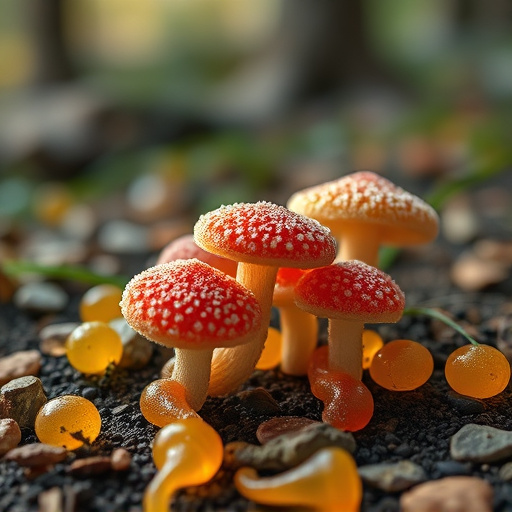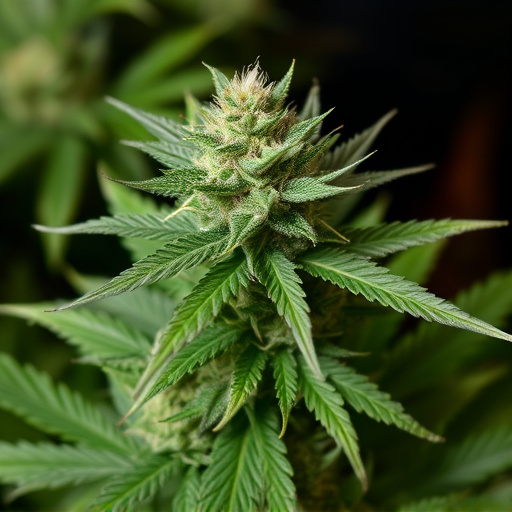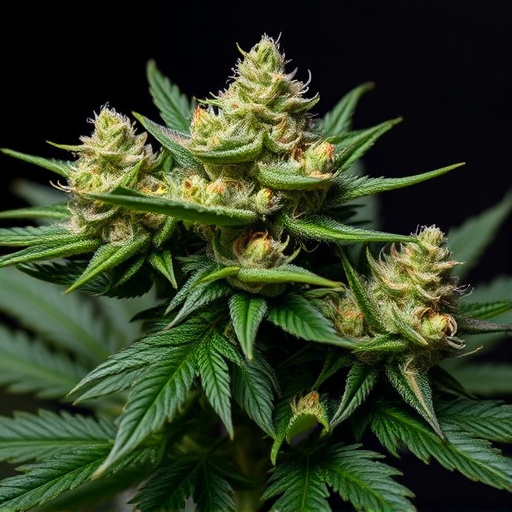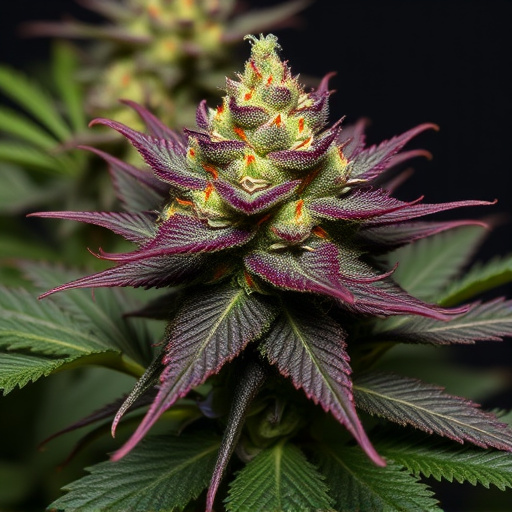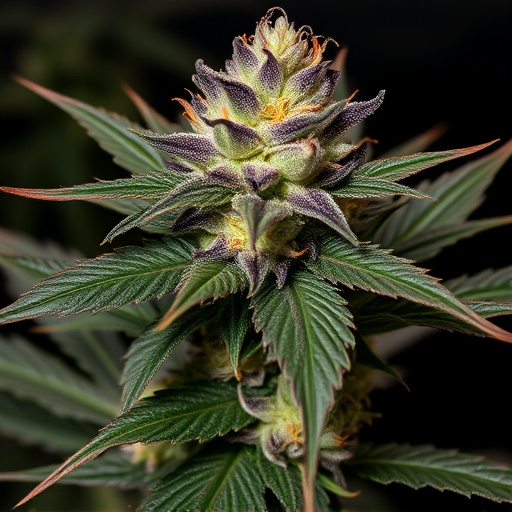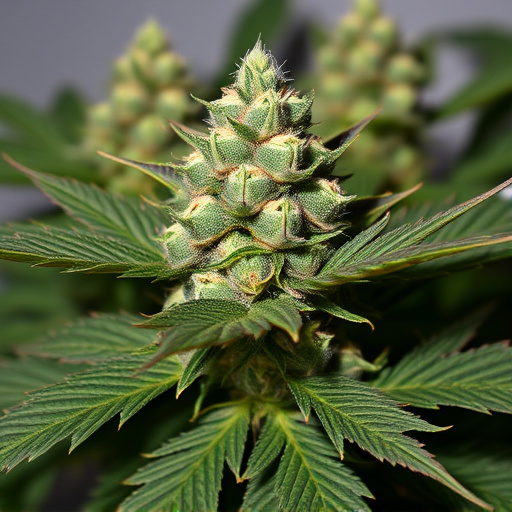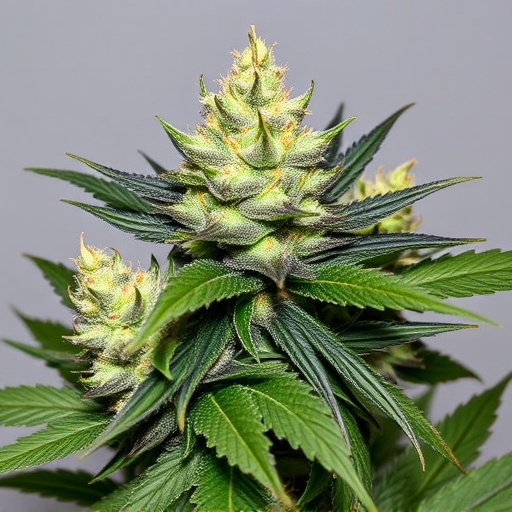The effects of cannabis vary greatly among individuals due to a combination of genetic composition, tolerance, metabolism, and environmental context. Indica-dominant hybrid strains play a significant role in these variations, offering deeper relaxation and sleep aid benefits through higher levels of calming terpenes. Genetic differences within these hybrids contribute to the diverse experiences users have when consuming cannabis, emphasizing the unique response each person has to different strains, particularly indica dominant hybrids.
“Experience with cannabis can be a highly individual journey, as ‘weed hits everyone differently’. This phenomenon is a complex interplay between our genetics, the plant’s chemical composition, and environmental settings. In this article, we explore how specific factors contribute to varying effects. From the genetic diversity of indica-dominant hybrid strains to individual tolerances and metabolism, each plays a unique role. Understanding these elements helps explain why one person may feel relaxed while another experiences heightened energy from the same strain.”
- Genetic Composition and Terpene Profile: How Indica-Dominant Hybrid Strains Contribute to Unique Effects
- Individual Tolerance and Metabolism: Why Personal Experience Varies Across Users
- Environmental Factors and Setting: The Role of Context in Shaping the Impact of Weed on Different People
Genetic Composition and Terpene Profile: How Indica-Dominant Hybrid Strains Contribute to Unique Effects
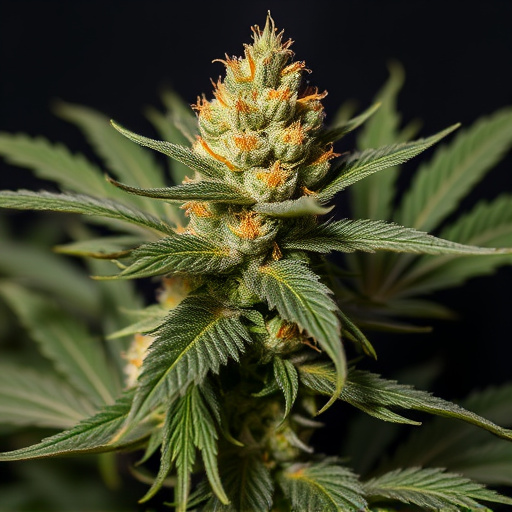
Weed’s effects vary widely from person to person, and a significant factor behind this is genetic composition. Each individual has a unique set of genes that influence how their body interacts with cannabinoids like THC and CBD. This means two people can smoke the same strain, but one might experience more intense relaxation while the other feels more energized.
Indica-dominant hybrid strains play a crucial role in these variations. Indica plants are known for their calming effects due to higher levels of certain terpenes, like myrcene and linalool. When an indica dominates a hybrid strain, it significantly impacts the overall effect. These strains tend to induce deeper relaxation, heavy bodily sensations, and may even help with sleep. The unique combination of genetic makeup within these hybrids contributes to the diverse experiences users have when consuming cannabis.
Individual Tolerance and Metabolism: Why Personal Experience Varies Across Users
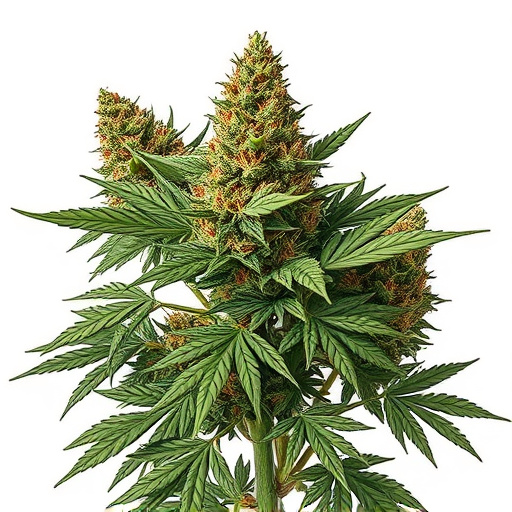
Each individual’s body reacts uniquely to cannabis, and this is largely due to differences in tolerance and metabolism. Tolerance refers to how much of a substance an individual can tolerate before experiencing noticeable effects, and it plays a significant role in how cannabis affects people. Some factors that influence personal tolerance include age, gender, weight, frequency of use, and genetics. For instance, regular users often develop higher tolerances compared to occasional smokers.
Metabolism is another critical aspect that contributes to the varying experiences. The way our bodies process and eliminate cannabis compounds differs from person to person. Some people metabolize cannabinoids more quickly, leading to shorter-lasting effects, while others may have a slower metabolism, resulting in longer-lasting sensations, especially when consuming potent indica dominant hybrid strains. This individual variation is why two people can smoke the same amount and feel distinct effects.
Environmental Factors and Setting: The Role of Context in Shaping the Impact of Weed on Different People
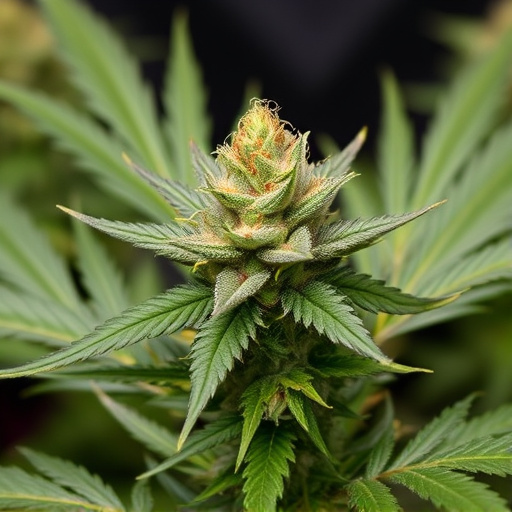
The impact of cannabis, often referred to as “weed,” on individuals can vary greatly, and environmental factors play a significant role in this discrepancy. The setting or context in which one consumes cannabis significantly influences how they perceive its effects. For instance, a tranquil outdoor environment might enhance the relaxing effects of an indica-dominant hybrid strain, providing a more profound sense of calm and serenity. Conversely, a bustling, lively indoor setting could intensify the energizing properties of a sativa-leaning strain, leading to heightened creativity and focus.
The atmosphere, sensory experiences, and even social interactions surrounding cannabis consumption can modify its impact. Environmental stimuli, such as lighting, music, and the company one keeps, contribute to the overall experience. For example, dimly lit rooms or natural outdoor spaces might evoke different emotional responses, thereby altering how an individual feels after consuming cannabis. Understanding these contextual factors is essential when considering why cannabis affects people differently.
The diverse effects of cannabis on individuals can be attributed to a complex interplay between genetic composition, terpene profiles, personal tolerance, and environmental context. Indica-dominant hybrid strains play a significant role in these variations, offering unique experiences due to their distinct chemical compositions. Understanding these factors is essential for both consumers and researchers as it allows for personalized cannabis use, considering individual tolerances and optimizing the benefits based on specific needs. By exploring these differences, we can navigate the complex landscape of cannabis more effectively and appreciate its multifaceted impact on people’s lives.




